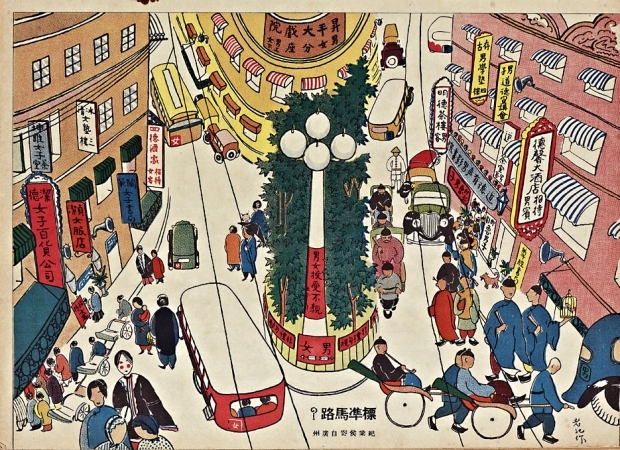Tibet: Problems, Prospects, and U.S. Policy
on June 30, 2008
On March 10, 2008, a series of demonstrations began in Lhasa and other Tibetan regions of China to mark the 49th anniversary of an unsuccessful Tibetan uprising against Chinese rule in 1959. The demonstrations appeared to begin peacefully with small groups that were then contained by security forces. Both the protests and the response of the PRC authorities escalated in the ensuing days, spreading from the Tibetan Autonomous Region (TAR) into parts of Sichuan, Gansu, and Qinghai Provinces with Tibetan populations. By March 14, 2008, mobs of angry people were burning and looting establishments in downtown Lhasa. Authorities of the People’s Republic of China (PRC) responded by sealing off Tibet and moving in large-scale security forces. Beijing has defended its actions as appropriate and necessary to restore civil order and prevent further violence. Still, China’s response has resulted in renewed calls for boycotts of the Beijing Olympics opening ceremony on August 8, 2008, and for China to hold talks with the Dalai Lama. This report explains the current turmoil in Tibet and analyzes possible impacts on U.S. policy toward Tibet.





